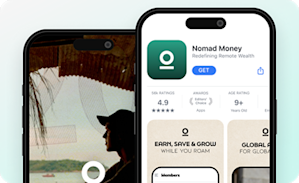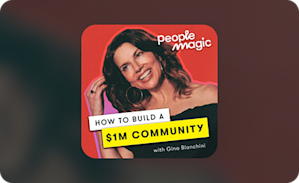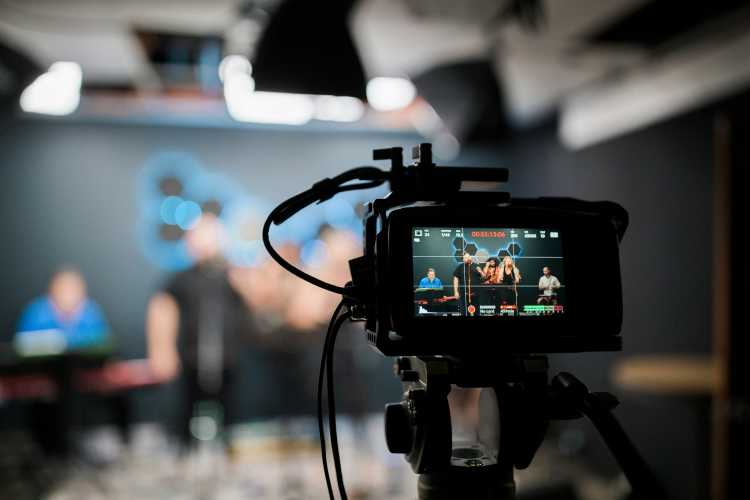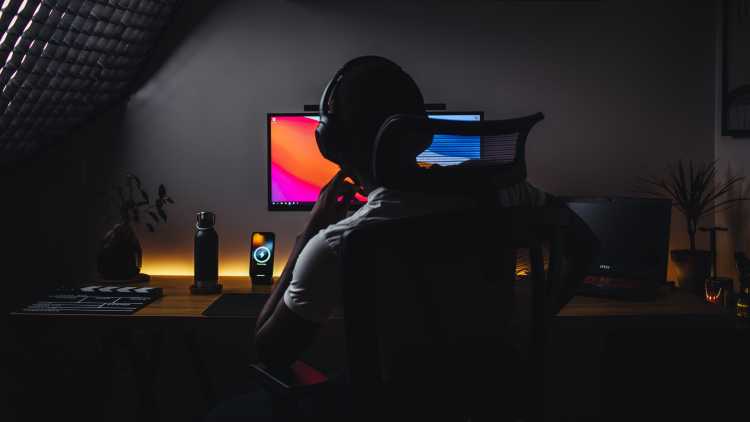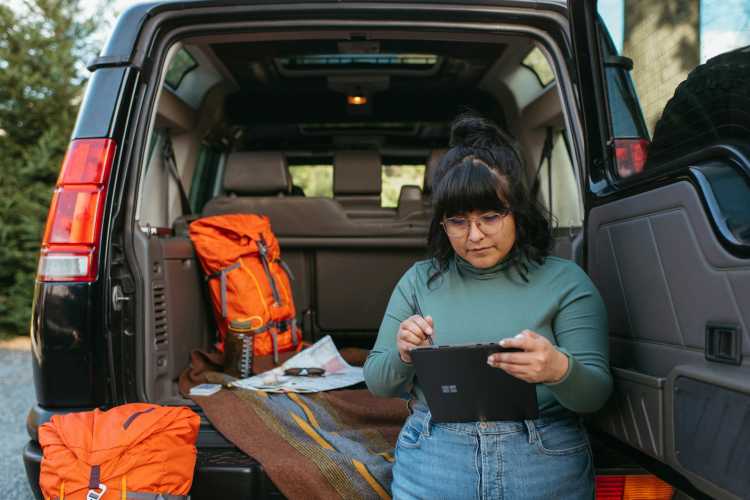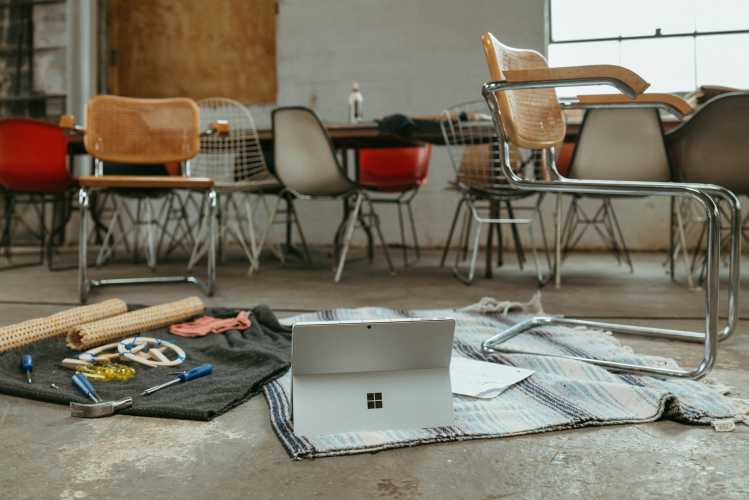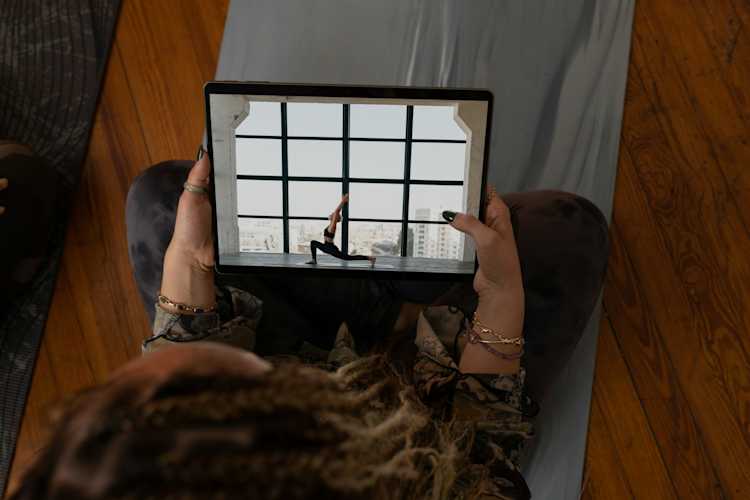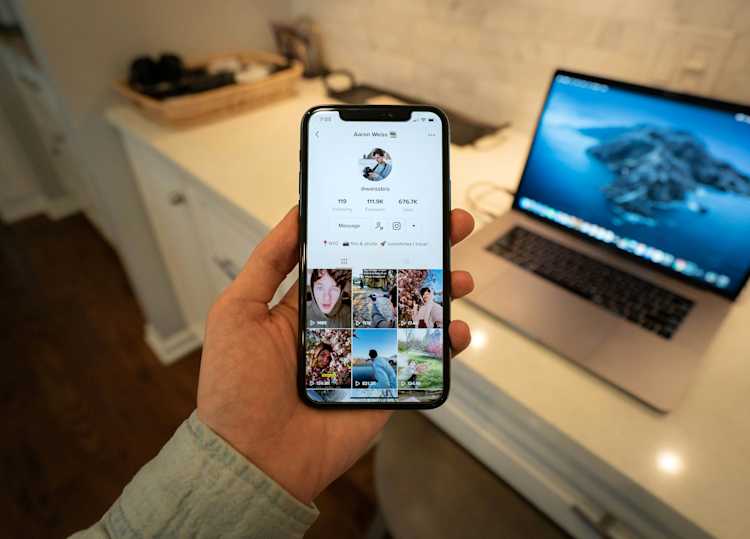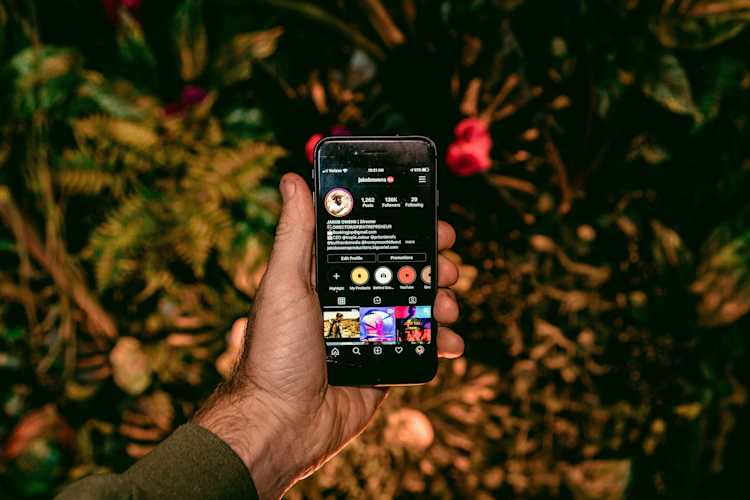Creators & Entrepreneurs
What Is Live Streaming? (Definition & Examples)
Live streaming is the act of presenting to your audience on video in real-time, and it allows for viewers to engage by liking commenting, sharing, and more.
Author
Mighty Team
Last Updated
February 6, 2025
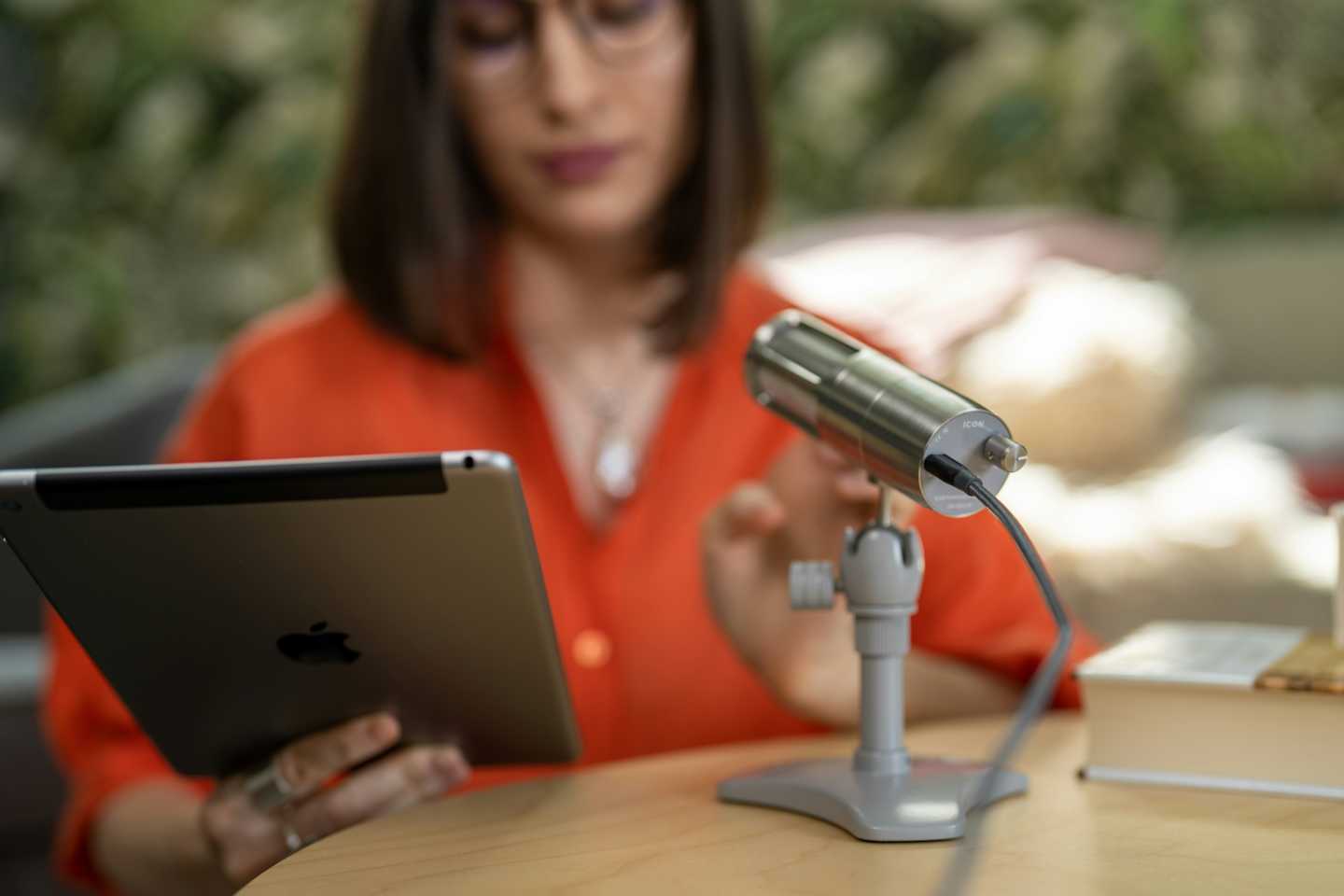
Table of Contents
Live streaming (or livestreaming) has become so common that 30% of internet users watch a live stream weekly. We can both watch and create live streams on many different apps and devices, and it’s easier than ever to start.
In this article, we’ll introduce you to what you need to know about live streaming.
We’ll explain what live streaming is (including a technical explanation).
We’ll share some live streaming statistics and milestones.
We’ll talk about the benefits and examples of live streaming.
And we’ll share what you’ll need to create your own live stream.
Turn a livestream into profit. Try the platform with the most $1 million communities.
What is live streaming?
Quick live streaming definition
Live streaming is the act of presenting to your audience on video in real-time. In the past, this was limited to media outlets that had the technology to broadcast live to their viewers.
But in the past few years, live streaming technology has lit up the internet, and more and more people are creating and consuming that live experience from their homes--no need for an expensive TV studio.
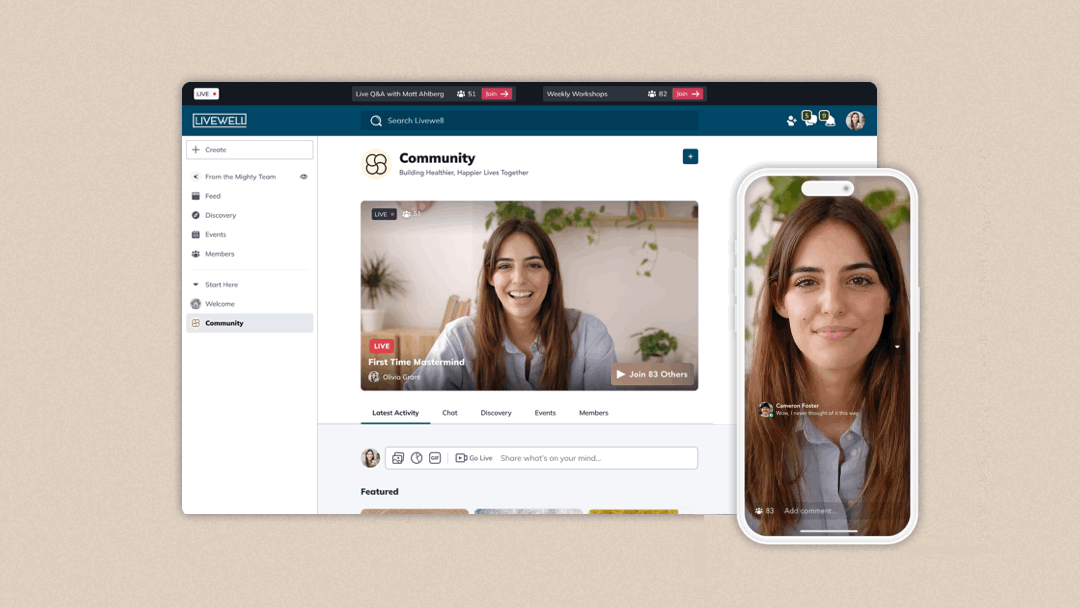
What is live streaming… technically
Encoding Technically, your camera inputs raw digital images. But these are too big to stream effectively. So an encoder (software or hardware) compresses the video in real time into codecs (ie. h.264). This makes the files small enough to stream and standardizes it so any device can read it.
Compression The video is split into what are called I-frames, P-frames, and B-frames. I-frames work a bit like a traditional JPEG image–they contain a complete image frame with all the details.
P-frames and B-frames work a bit differently. They only capture the part of the video that changes by tracking motion vectors. This makes it a smaller file, easier to compress, and faster for playback. For example, in a YouTube video where someone talks in front of a static background, most of the background pixels don't change.
P-frames (Predictive frames) only need to encode the motion and changes in the speaker's face and body movements by looking at previous frames.
B-frames are even more efficient, because they can reference both previous AND future frames to create the full image.
Internet speed Of course, live streaming also requires a constant flow of information. We call this , how much data your device can stream every second.
720 (HD) video requires 2-4 Mbps
1080p needs 4-6 Mbps
4k needs 15-25 Mbps
When doing a live stream, your upload speed needs to match the data your stream is sending.
Your viewers don’t actually need the same speed. Video players reduce quality if a connection is slow, or buffer (downloading 2-30 seconds ahead) to make the stream smooth. Also, we use Content Delivery Networks (CDNs)--this copies your file in real time to a server that’s closer to your viewer, since it takes information time to travel longer distances.
Latency
No video is truly live. There’s always at least a couple seconds of delay–we call this latency.
Live Streaming statistics
30% of internet users watch a live stream weekly.
The most commonly live streamed content is breaking news (34%) and live sports (29%).
91.7% of all internet users globally watch live streaming services every month.
52% of TikTok users want to watch live content.
Smart TVs are the most popular place to watch live streaming (35.3% of all streamed content).
28% of all videos consumed online are live streamed.
The longest live stream ever was over 624 hours, by the Zhejiang Luyuan Electric Vehicle Co., Ltd. in China.
The live streaming record for the most viewers ever is held by the Spanish streamer, Ibai–with 3.44 million Twitch viewers on his La Velada del Año (3).

How live streaming became possible (Timeline)
We won’t cover everything, but here’s a quick timeline of the tech developments that make live streaming possible.
1990s - Tech allowed for “packets” of media to stream and be rendered before a complete download. 1993 - The MPEG-1 compression standard is released, enabling practical video streaming 1995 - The company Starlight built the first video streaming from satellites. 1995 - First internet radio: Radio HK. 1995 - RealPlayer launches, becoming the first mainstream streaming media player. It was later included as an option in Windows 98 installation. 1996 - Real-time Transport Protocol is invented, creating a framework for sending audio & video over networks. 1998- Starlight announced the first web conferencing products. 1999 - Victoria’s Secret fashion show becomes one of the first major live stream events, with an estimated 1.5 million viewers. 2002 - Flash Player adds video capabilities, making embeddable video content possible. 2007 - Launch of Justin.tv (later rebranded as Twitch), which included Justin Kan wearing a camera 24/7. It would grow into multiple channels that allowed the public to broadcast. 2009- Both Ustream and Live stream launched 2011 - YouTube added live streaming to its offerings. It had launched in 2005 (fun fact: the first video was called “Me at the Zoo). Facebook added live streaming in 2015, Periscope in 2015, and Instagram in 2016.

Benefits of live streaming
Live Streaming has an energy.
Super interactive: Viewers can not only watch in real time, but they can usually chat, ask questions, and give feedback in other ways.
Perfectly imperfect: Unlike edited video, where a content creator might feel obligated to polish, live streaming can’t really do this (at least not yet). As a result, live streams are organic, and more engaging.
Less time-consuming: There might be prep and setup, but live streams are often less work than, say, working hard on creating a produced video–which could need scripting, re-shooting, editing, etc.
Lower production costs: Often it’s a lower lift to get started and launch.
Repurposing: You can cut and adapt your live stream for different purposes and formats after the fact, as well as hosting a recording of it.
There’s an urgency: Live streaming feels a little more urgent. Even if it’s someone who posts a recording after, catching a live event feels really special and boosts uptake.
What you need to live stream
There’s an awesome overview in this video if you’re getting started with live streaming!
But otherwise, here’s an overview of live streaming for creators.
To live stream, you need:
1. AV source
The cool thing about live streaming today is you probably don’t need any fancy equipment. Most modern smartphones come with everything you need to run a live stream.
Here are a few possible video options:
Smartphone video: Most phones can create at least HD video, and some newer ones shoot in 4k. Do remember that your phone’s front and back camera might be different quality. But either is probably fine for a live stream. It’s easiest to stream directly from your phone.
Webcam: Some computer streamers choose to use either a built-in computer webcam, or else an external webcam. This would be for live streaming done on a desktop or laptop.
Professional camera: More established streamers often use professional cameras like DSLRs for live streams. These can be tethered to a laptop or phone and can send a higher-quality video, as well as letting you choose the lenses that most suit your look and feel.
And you’ll need sound! Here are some options:
Phone or Computer built-in mic (not recommended): Your phone and computer mics sit too far away from your mouth during a live stream, and often have low-quality sound recorders. It’s better to choose one of the options below.
Headphones: Bluetooth or wired headphones get that microphone right next to your mouth, improving sound quality and reducing background noise. Any headset is usually an improvement over your device’s built-in mic.
Lapel mic: A lapel mic clips to your shirt or collar and picks up the sound closer to your mouth, making for better quality. They come wired and wireless, and some higher quality mics include features like noise canceling.
Shotgun mic: A shotgun mic sits away from you (often clips to the top of a camera) and pics up directional sound from your voice.
Desktop condenser mic: More streamers these days are using desktop condenser microphones like the Blue Yeti, which plugs directly into your computer and picks up sound right from your mouth.
Here are some more live streaming tips to up your game.

2. Streaming software (optional)
Streaming software isn’t always necessary, since you can live stream directly to major platforms. But streaming software might be a good idea for people who want:
To share a computer screen, either of a slideshow or for gaming.
To use more than one camera (ie. different angles).
To add overlays, graphics, logos, cards, or chat boxes.
To mix in different audio sources (e.g. music).
To stream to multiple platforms at once (e.g. YouTube + Facebook + LinkedIn).
For an example of this, we talked about the platform StreamYardin our post about Zoom Alternatives. It does a lot of these things.
3. A live streaming platform
This is pretty self-explanatory. You need a streaming platform, like YouTube or Twitch.
Or come try Mighty Networks! Mighty makes it super easy to run a live stream from your phone or the Mighty app, or you can even get your own branded app to stream from. And it’s easy to monetize, charge for individual streams or create a membership with streaming built-in.

Live streaming benefits for business
If you own a business, you need to realize the power of live streaming. Your live streams won’t be as polished or perfect as that promotional video you labored over, but live streaming has something more special.
As we said above, it creates an intimacy between you and your viewers that feels a lot more unscripted and real, which is a huge strength for your brand. Plus, live streaming has the potential to be really spontaneous and surprising (in a good way).
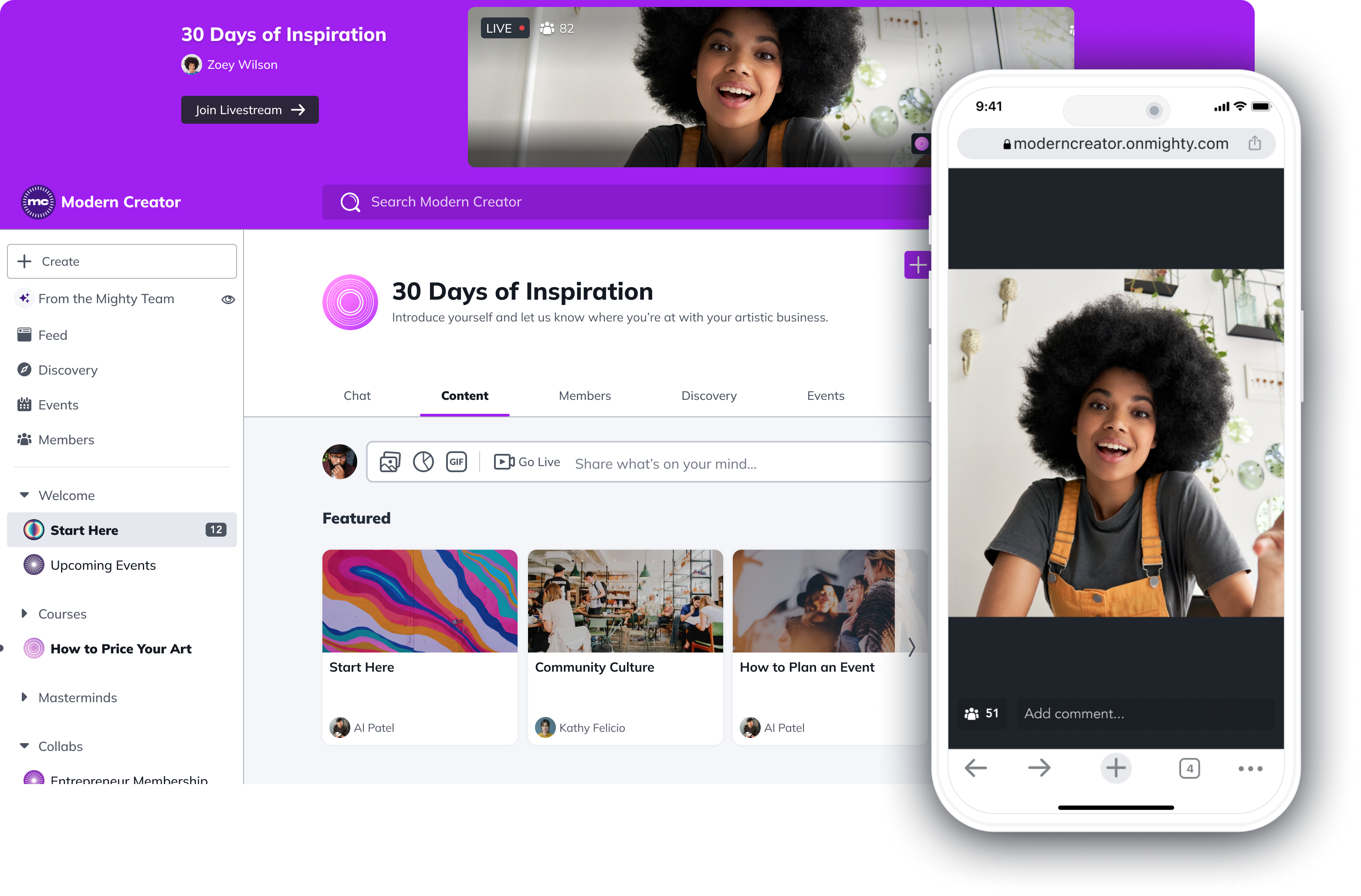
Here are some of the other live streaming benefits for a business:
Host events without needing space or place: Live streams let businesses host virtual events and conversations without needing to all gather in the same city.
Create educational opportunities: A live stream can be a way to give value, especially through teaching! Businesses can use live streams (especially in a webinar format) to educate customers and create brand awareness.
Audience can watch from anywhere: Anyone in the world can catch a live stream with a device and internet connection. This brings your audience closer and makes it easier to reach them.
Earn from ticketing and events: Businesses can create premium digital products like live streams as sources of revenue, selling tickets and gating them.
And don’t just use your live stream to sell. Give your customers value, teach them things, inspire them, engage them. That’s what will truly make live streaming work for your business.
We love live streaming, and that’s why we’ve added live streaming functionality to all of our Mighty Networks plans.
Live streaming examples
There are some huge, historic live streams. Things like:
Michael Jackson’s memorial service was one of the most-watched live streams of its time (2009).
In 2012 NASA live streamed the Mars Curiosity landing. You can still watch regular NASA live streams about space.
In 2014 gamers on Twitch played Pokemon together with commands from the chat. It was later estimated that 1.16 million people played while 55 million watched.

And these are awesome! Live streaming has the power to bring humans together. In fact, we host our own live stream: People Magic Summit, with top creators and community leaders (this year’s guests included people like Marie Forleo, Nathan Barry, and Amanda Goetz). You can rewatch sessions here!
Here are a few more generic examples of what a live stream could look like:
A Mighty Network host announces a weekly challenge on a live stream every Monday.
A musician goes live on IGTV or TikTok and hosts a mini-concert for viewers.
A gamer plays Roblox or Fortnight and streams to viewers.
A college offers a virtual course that’s taught over a live stream.
A thought leader interviews someone on LinkedIn live about an upcoming book release.
Ready to start building your community?
Start a free 14-day trial to explore Mighty—no credit card required.
More like this
Join Mighty Community
Learn the principles of Community Design™ (and see them in action) alongside thousands of creators and entrepreneurs. It's free to join!
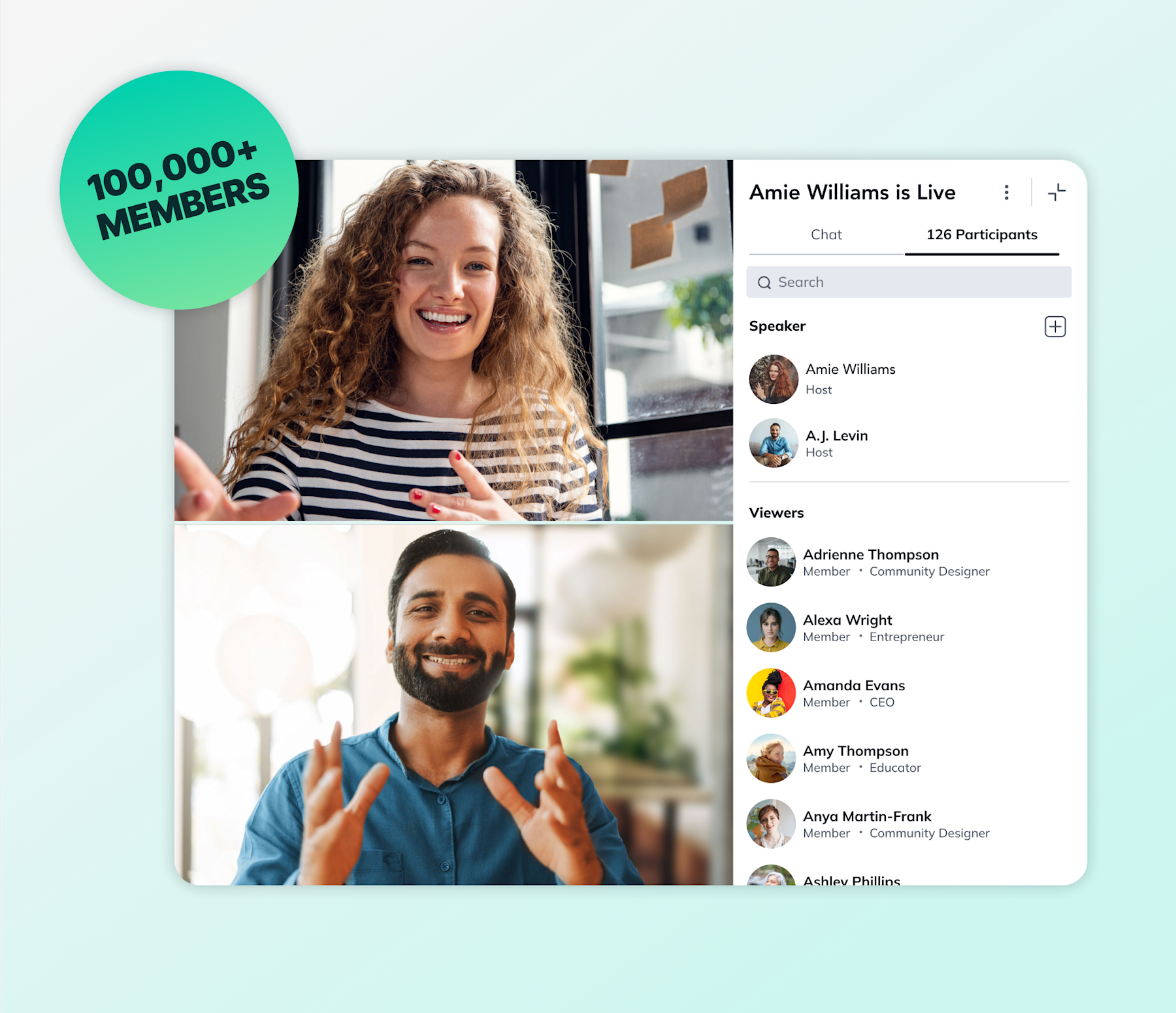
Communities & Memberships
Community Platforms
Managing a Community
Building a Community
Growing a Community
Monetizing a Community
Content Creation
Online Courses
Creating a Course
Teaching a Course
Course Platforms
Selling a Course
Creators & Entrepreneurs
Monetization
Content Creation
Starting a Business
Website Builders
Creating & Managing a Website
Events
Event Platforms
Hosting & Marketing Events
Branded Apps
Creating a Mobile App
Coaching Apps
Community Apps
Coaching
Mastermind Groups
Starting a Coaching Business
Coaching Platforms
Filter by Category
Communities & Memberships
Online Courses
Creators & Entrepreneurs
Events
Branded Apps
Coaching
Build a $1 Million Community
This free masterclass went viral—sign up to learn why.


